Sound Healing Instruments
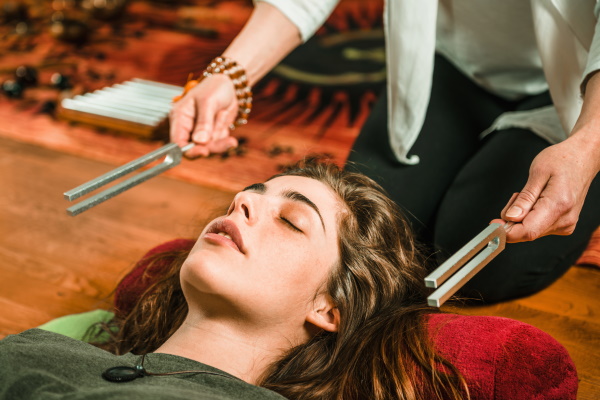
Tuning forks
Tuning fork sets are a unique sound healing tool that are backed up by years of scientific and historical research in the field of sound, ancient music traditions, and the harmonic proportions found in nature.
In sound healing they are placed on acupressure meridians and chakras in order to harmonize the body's energy and stimulate organ function, blood circulation and the nervous system.
Tuning forks are made of a special sonically improved and polarized aluminum alloy. They are superior for their ability to deliver superb tone quality, lengthy sustain, and beautiful harmonic overtones. Aluminum is chosen for its tonal beauty and quality of sound. Aluminum is undisturbed by electromagnetic interference.
Some special tuning fork combinations assist people in becoming more attuned to the vibratory nature of our magnificent universe. It is like saying to the universe “let me hear and feel you more closely as we play in the music of the spheres.”
Tuning forks range from 22Hz to 5,500H.
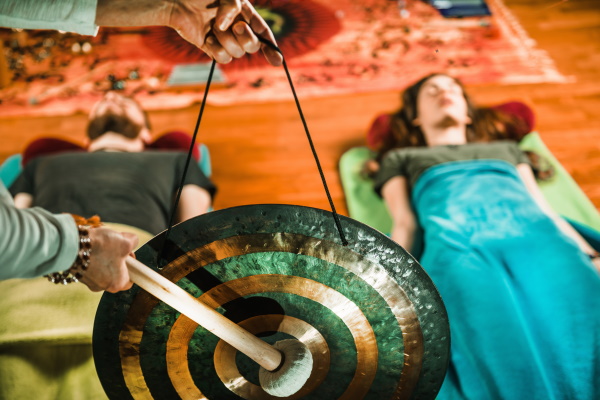
Gongs
Evidence suggests that gongs were used as early as 4,000BC. Ancient alchemy sources tell stories of gongs all the way back in 16,000BC. The gong is one of man's most powerful and oldest transformational and therapeutic instruments.
Know from the Bronze Age in China and the East, the gong is one of the most ancient of the metal instruments we use.
The gong has a loud, intense sound and vibration– you can literally feel the sound waves shimmering through the body. In sound therapy the gong is used to help release pain from the body, relax muscle tension and encourage mental, emotional and physical flexibility.
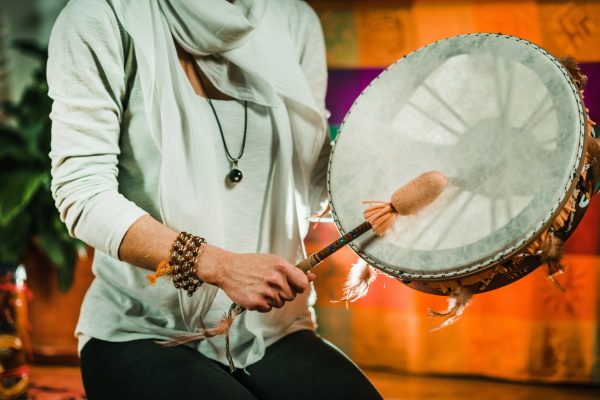
Handheld Shamanic Frame Drums
Second only to the voice, the drum is the oldest instrument. Ever since our ancestors beat on hollowed out logs and stretched animal skins over wooden hoops, these instruments have been a major part of cultures.
The drumbeat has led us into dance, song, and sound healing. Continuous fast drumming, using a hand held frame drum, at the rate of 180-250 bpm is traditionally the most common method of eliciting a trance state which allows the participant to experience altered states of consciousness.
Drum rhythms have a number of physiological effects on the body, but of particular importance to sound healing practitioners is its effectiveness in altering state of consciousness. These sustained rhythms act as sonic drivers, creating a shift in your brain waves from a high-frequency Beta state to the trance like Theta state. This is optimal for inner work and subconscious reprogramming.
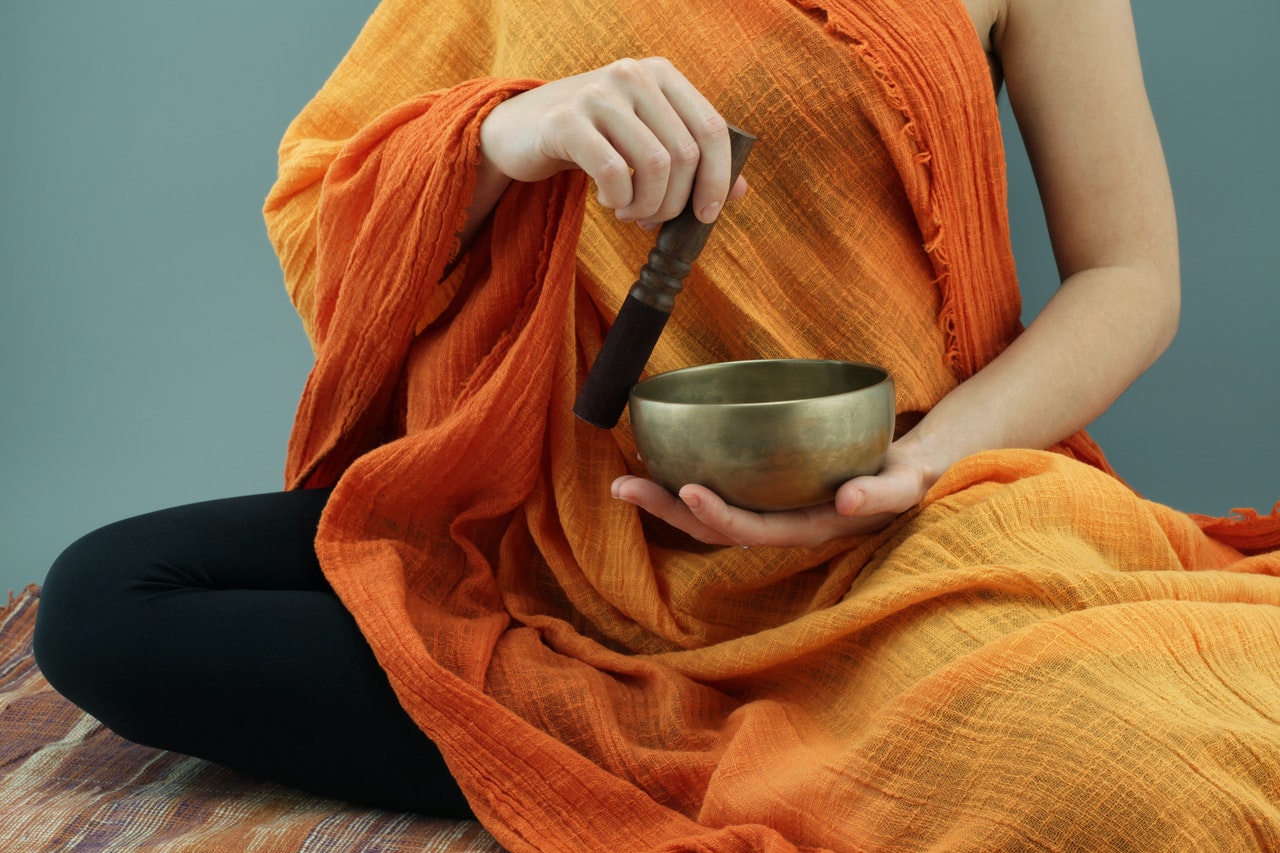
Tibetan Singing Bowls
Singing bowls, also called Tibetan or Himalayan singing bowls, are ancient bowls that produce sound and vibration when played with a mallet or striker. These ancient, multi-harmonic instruments have been used by Buddhist monks and other spiritual practitioners for thousands of years due to their transcendental qualities.
Today, they are gaining mainstream popularity and being used in meditation, yoga, sound therapy, classrooms, hospitals, and more. These versatile, healing bowls are generally made from an alloy of various metals - up to five to seven different metals can be found in a single singing bowl.
When struck, song bowls produce a strong, sustained sound that has healing and meditative powers. Their frequencies have the power to influence our brainwave patterns to produce a feeling of deep relaxation that helps people arrive at a healthier state of being, both physically and mentally.
Tibetan singing bowls incited explorations and expression of feeling kept tucked away deep inside. For this reason, They are becoming increasingly popular to treat anxiety disorders, depression, and even post-traumatic stress disorder. The vibrations work throughout our bodies massaging, cleansing, and purifying, while the calm meditative state allows individuals to search within and heal what ails them.
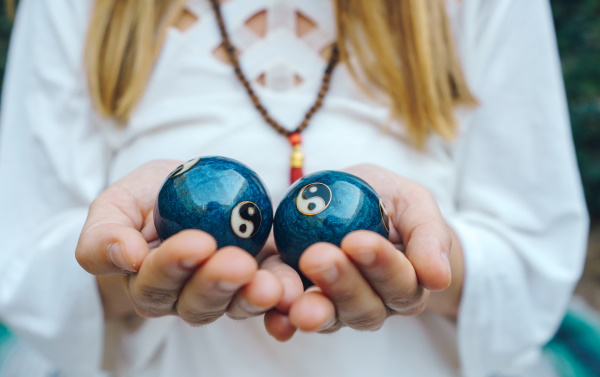
Harmony Balls
For many centuries chime balls or also called harmony balls have been used in medicine and sound therapy to help create a sense of well-being, calmness and relaxation. They are sometimes called health balls, as they are believed to heal the holder, by stimulating blood circulation and clearing negative energies.
By letting the balls rotate around each other, the palm of the hand is being massaged and stimulated. The chimes inside the balls make a barely audible sound during movement, creating a comforting effect that calms the mind much like the sound of soft rain or birds singing in the morning.
It is believed that the sound stimulates concentration and inner strength. Harmony balls are wonderful instruments to clear and harmonize energy and are often used for transitions from one kind of instrument to another in a sound healing treatment.
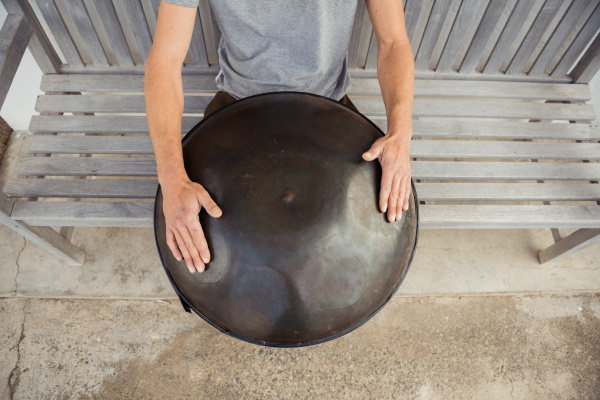
Handpan
Handpans are an incredibly potent source of sound healing frequencies. Their round, convex shape sends its vibrations in all directions and effect the energy of the entire space. Each Handpan is hammered, shaped, and tuned by hand. They are made out of steel.
Unlike most instruments, the Handpan creates three frequencies each time it is struck. Most instruments only produce two. They are tuned to a 1:2:3 frequency ration, which is highly unusual and makes it a very powerful healing tool.
This is an extremely modern instrument compared to most others used in sound healing. It was first created in 2001 in Switzerland. Though it pulled inspiration from older styles of steel drums, this was the first of its kind.
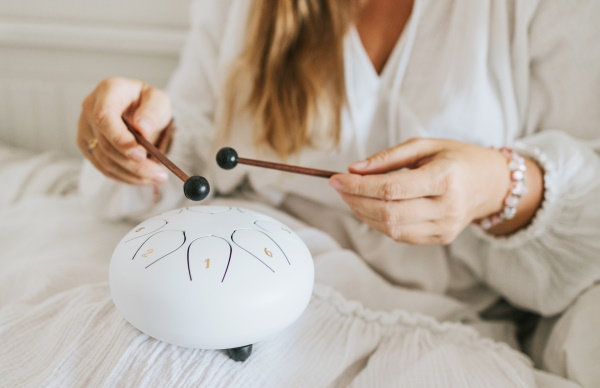
Tongue Drums
Like the Handpan, Tongue drums are steel drums that create frequency through the vibration of its material. These drums are much smaller, making them more transportable and a great option for beginners.
The Tongue drum's scale contains only notes that are perfectly in tune with eachother. So, any combination of notes played on the instrument will harmonize together. This is a great option for the beginner sound healer who has little knowledge of music theory.
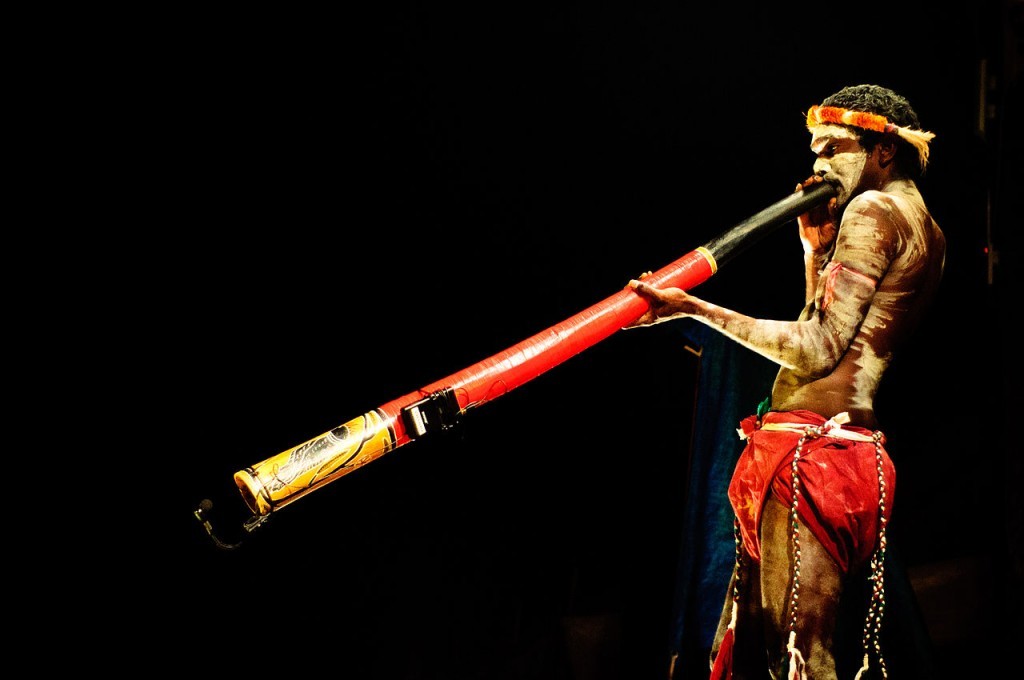
Didgeridoo
The Didgeridoo is one of the oldest instruments known to man. Based on cave paintings, anthropologists estimate that the first didgeridoos may have been used up to 40,000 years ago. This ancient instrument is used in many traditional cultures. Traditional Aboriginal didgeridoos were made of hollowed out eucalyptus tree trunks. Today they are make from a wide range of materials, including glass and metal.
These instruments were traditionally used in ceremonies along with chanting and dancing. It is used has a healing tool because of its vibrational effects on human tissue and the unblocking of energy. The Didgeridoo resonates at a low frequency that we can not only hear, but feel. It produces intense vibrations that can be felt throughout the body.